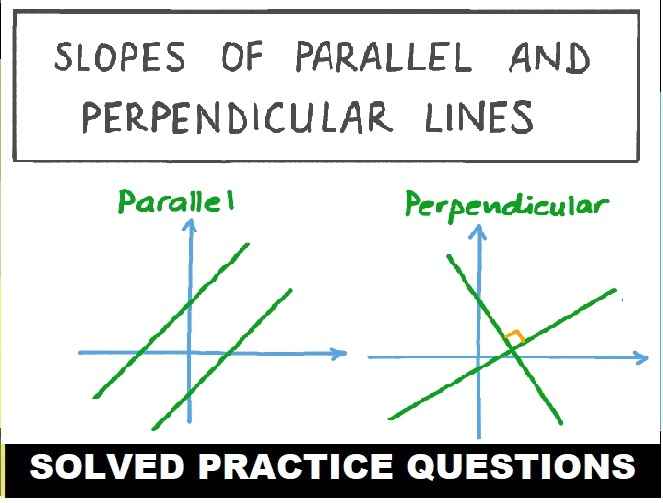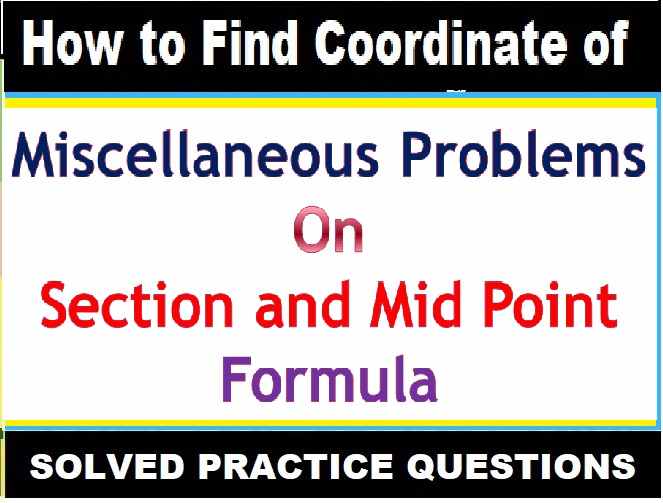Respiration Class-7th Goyal Brothers ICSE Biology Solutions Chapter-4 Respiration. We Provide Step by Step Answers of Objectives, Fill in the blanks, Definitions, True/False, One Word answer, and Short/Long Question Type answers of Chapter-4, Respiration. Visit official Website CISCE for detail information about ICSE Board Class-7.
Respiration ICSE Class-7th Goyal Brothers Biology Solutions Chapter-4
| Board | ICSE |
| Class | 7th |
| Subject | Biology |
| Book Name | Goyal Brothers |
| Chapter-4 | Respiration |
| Unit-1 | Respiration |
| Topic | Solution of exercise questions |
| Session | 2023-24 |
Respiration ICSE Class-7th Goyal Brothers
Biology Solutions Chapter-4 Unit-1
Que: I. Multiple Choice Question – Tick mark (√) the correct choice :
1. The process in which food is oxidized and energy is released, is called
(a) Excretion
(b) Respiration
(c) Digestion
(d) Transpiration
Answer: option (b) Respiration is correct.
2. The end products of respiration are
(a) Only carbon dioxide
(b) Carbon dioxide and water
(c) Carbon dioxide, water and energy
(d) Energy and carbon dioxide
Answer: option (c) Carbon dioxide, water and energy is correct.
3. The process in which only exchange of gases takes place is called
(a) Respiration
(b) Breathing
(c) Combustion
(d) Internal respiration
Answer: option (a) Respiration is correct.
Que: II. Fill in the blanks :
1. During respiration, when energy is released, heat and light are also produced.
2. Anaerobic respiration is carried out by eukaryotic organisms.
3. The process by which energy is produced for use in various functions of the body is called cellular respiration.
4. In plants, exchange of gases occurs by the process of stems, Leaves and Roots.
5. In yeast, respiration takes place in the absence of oxygen.
Que: III. Give one word for the following :
Question: 1. The process by which breakdown of food into small molecules occurs.
Answer: Respiration
Question: 2. Physical process in which exchange of gases takes place.
Answer: Breathing
Que: IV. Write True (T) or False (F) in front of the statements given below :
Answer:
| Statements | True/False |
| 1. In respiration, oxygen is required and carbon dioxide is given out. | T |
| 2. Diffusion of gases takes place through a small part of root surface. | F |
| 3. In anaerobic respiration, complete breakdown of food takes place. | F |
Que: V. Define the following :
Question: 1. Respiration
Answer: Respiration is a type of metabolic process that occurs in living cells. It is the process by which down food is broken down into carbon dioxide and water to liberate energy in the form of ATP.
Question: 2. Breathing
Answer: The process, by which air is drawn in from the atmosphere into the lungs and forced out from the lungs back into the atmosphere is known as breathing. It involves two steps-inhalation and exhalation.
Question: 3. Internal respiration
Answer: Internal respiration is the process by which oxygen breaks down food into carbon dioxide and water in order to liberate energy in the form of ATP. Internal respiration is also known as cellular respiration as it occurs inside the living cells.
Question: 4. Aerobic respiration
Answer: It is the process of cellular respiration that takes place in the presence of oxygen gas to produce energy from food. This type of respiration is common in most of the plants and animals, birds, humans, and other mammals. In this process, water and carbon dioxide are produced as end products.
Question: 5. Anaerobic respiration
Answer: Anaerobic respiration is the process in which incomplete oxidation of glucose occurs in the absence of oxygen. It is commonly known as fermentation.
Que: VI. Differentiate between the following :
Question: 1. Breathing and Respiration
Answer:
|
Breathing |
Respiration |
| 1. It is a physical process in which exchange of gases (O2 and CO2) takes place. | It is a slow, stepwise process, occurs in living things. |
| 2. It occurs outside the cells. | It occurs at normal room temperature. |
| 3. Enzymes are not involved. | Energy is released in steps, and stored in a special chemical molecule. No heat or light is produced. |
| 4. No energy is released. | Many steps are involved in the conversion of carbohydrates to carbon dioxide and water. These steps or reactions are catalyzed by enzymes. |
Question: 2. Combustion and Respiration
Answer:
|
Combustion |
Respiration |
| 1. It is a fast process, occurs in non-living things. | It is a slow, stepwise process, occurs in living things. |
| 2. It occurs at high temperature. | It occurs at normal room temperature. |
| 3. Energy is produced in the form of heat and light. | Energy is released in steps, and stored in a special chemical molecule. No heat or light is produced. |
| 4. Conversion to carbon dioxide and water occurs in one step. No enzyme is involved. | Many steps are involved in the conversion of carbohydrates to carbon dioxide and water. These steps or reactions are catalyzed by enzymes. |
Question: 3. Aerobic and Anaerobic Respiration
Answer:
|
Aerobic Respiration |
Anaerobic Respiration |
| 1. It takes place in the presence of oxygen. | It takes place in the absence of oxygen. |
| 2. Food molecules (sugars) are completely broken down into carbon dioxide and water, releasing energy. | Food molecules (sugars) are partially broken down into ethyl alcohol, carbon dioxide and energy. |
| 3. Energy released is more (38 ATP molecules). | Energy released is much less (2 ATP molecules). |
Que: VII. Answer the following questions :
Question: 1. Name the end products of respiration.
Answer: The end products of respiration are alcohol, carbon dioxide, water and energy.
Question: 2. How does respiration occur in plants? Write a note on it.
Answer: The roots of a plant take oxygen required for respiration from the air present in between the soil particles by the process of diffusion. This oxygen is used in respiration in cells of the leaf. The carbon dioxide produced during diffuses out from the leaf into the air through same stomata.
Question: 3. Write in short about the process of respiration.
Answer: Respiration is the process of releasing energy by breaking down food (glucose) needed for various body activities. Respiration is a biological process in which an organism’s cells obtain energy by mixing oxygen and glucose and emitting carbon dioxide, water, and ATP (the currency of energy in cells).
Question: 4. What is the importance of respiration?
Answer: Respiration is important because it produces energy that is necessary for the functioning of the body. It provides oxygen to the cells and expels toxic carbon dioxide. When oxygen reaches the cells, this oxygen breakdown glucose which is present in digested food, and releases energy.
Question: 5. Give at least four differences between photosynthesis and respiration.
Answer:
| Respiration | Photosynthesis |
| 1. Occurs all the time even in the absence of light. | Occurs only in the presence of sunlight. |
| 2. Does not require chlorophyll occurs in all cells. | Requires green pigment, chlorophyll. |
| 3. Uses food material (glucose) and oxygen. | Uses carbon dioxide and water. |
| 4. Carbon dioxide and water are released as end products. | Oxygen is released as the end product. |
— : end of Respiration ICSE Class-7th Goyal Brothers Biology Solutions Chapter-4 Unit-1:–
Return to- ICSE Class -7 Goyal Brothers Biology Solutions
Thanks.
Please share with your friends if you find it useful.


